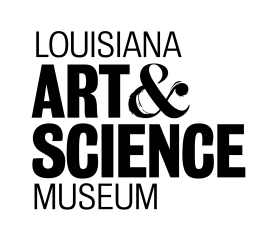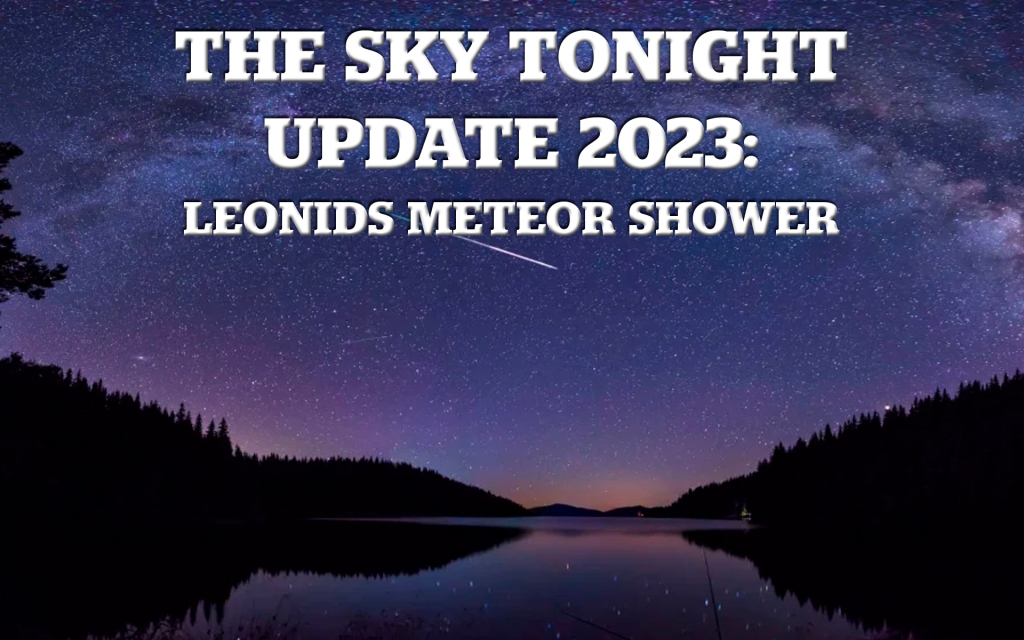
The Lyrids is an average shower, usually producing about 20 meteors per hour at its peak. It is produced by dust particles left behind by comet C/1861 G1 Thatcher, which was discovered in 1861.
Continue reading


The Lyrids is an average shower, usually producing about 20 meteors per hour at its peak. It is produced by dust particles left behind by comet C/1861 G1 Thatcher, which was discovered in 1861.
Continue reading
The Quadrantids is an above average shower, with up to 40
meteors per hour at its peak. It is thought to be produced by dust grains left
behind by an extinct comet known as 2003 EH1, which was discovered in 2003. Asteroid 2003 EH1 takes 5.52 years to orbit
the Sun once. It is possible that 2003 EH is a “dead comet” or a
“rock comet.”

The Ursids is a minor meteor shower producing about 5-10 meteors per hour
8P/Tuttle is the comet responsible for the Ursids meteor shower. Pierre Mechain discovered it on January 9, 1790, from Paris, France. Mechain, an associate of Charles Messier, discovered seven comets which bear his name. But he also discovered two more comets which do not. One, later named Comet Encke after Johann Encke, who calculated its orbit, is responsible for the Southern Taurids meteor shower in early November. The other comet Mechain found that does not bear his name is this one, 8P/Tuttle.
Continue reading
The Geminids is the king of the meteor showers. It is considered by many to be the best shower in the heavens, producing up to 120 multicolored meteors per hour at its peak.
An asteroid known as 3200 Phaethon is responsible for the Geminids meteor shower. This differs from most meteor showers which are caused by comets, not asteroids. What’s the difference between a comet and an asteroid?
Continue reading
The Leonids is an average shower, producing up to 15 meteors per hour at its peak. This shower is unique in that it has a cyclonic peak about every 33 years where hundreds of meteors per hour can be seen. That last of these occurred in 2001.
Periodic Comet Tempel-Tuttle, officially known as 55P/Temple-Tuttle, is responsible for the Leonid meteor shower. William Tempel of Marseilles Observatory in France discovered this comet on the evening of December 19, 1865. He found the comet in the northern sky, located in a part of the sky under the north star, near the star Beta Ursae Minoris.
Continue reading
The Taurids is a long-running minor meteor shower producing only about 5-10 meteors per hour. It is unusual in that it consists of two separate streams.
The object responsible for the Northern Taurid meteor shower is believed to be an asteroid. And that asteroid is related to a comet.
Continue reading
The Orionids is an average shower producing up to 20 meteors per hour at its peak. It is produced by dust grains left behind by comet Halley, which has been known and observed since ancient times.
Continue reading
The Draconids is a minor meteor shower producing only about 10 meteors per hour. It is produced by dust grains left behind by comet 21P Giacobini-Zinner, which was first discovered in 1900.
Continue reading
The Perseids is one of the best meteor showers to observe, producing up to 60 meteors per hour at its peak. It is produced by comet Swift-Tuttle, which was discovered in 1862.
Continue reading
The Delta Aquarids is an average shower that can produce up to 20 meteors per hour at its peak.
Continue reading